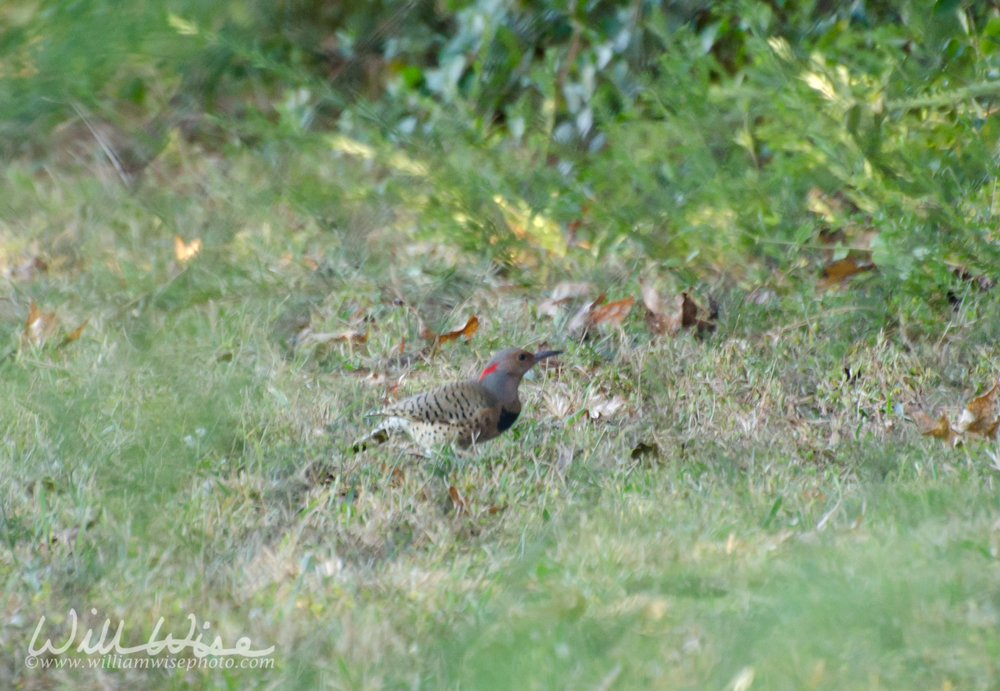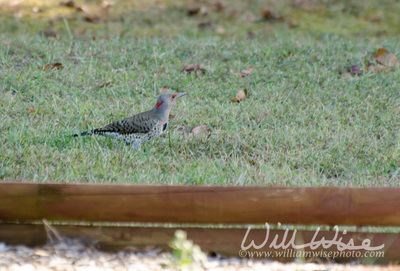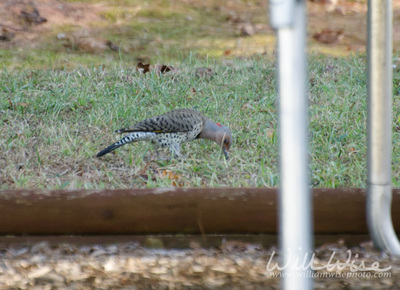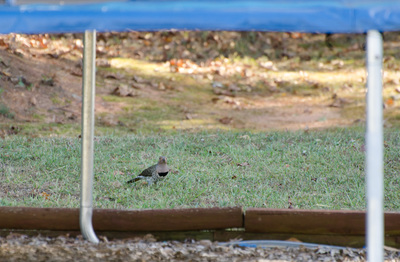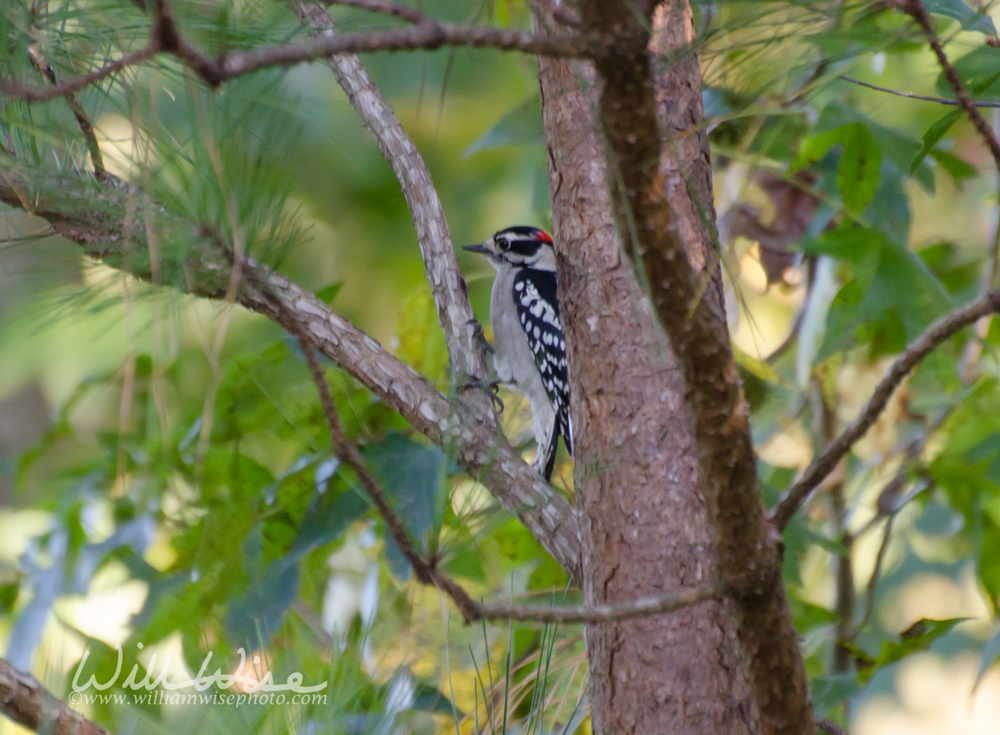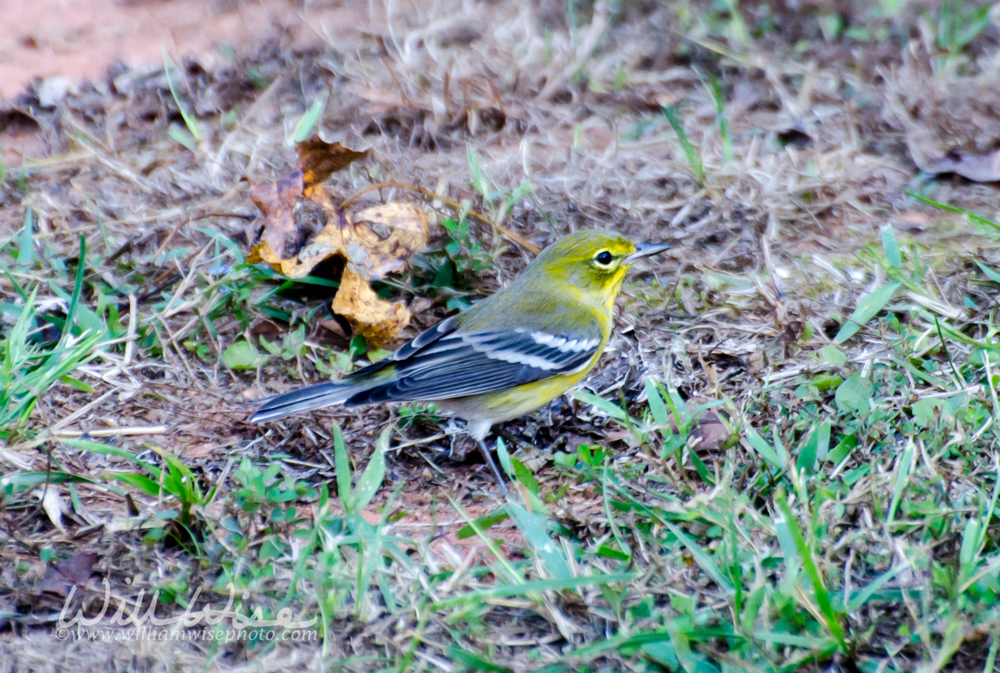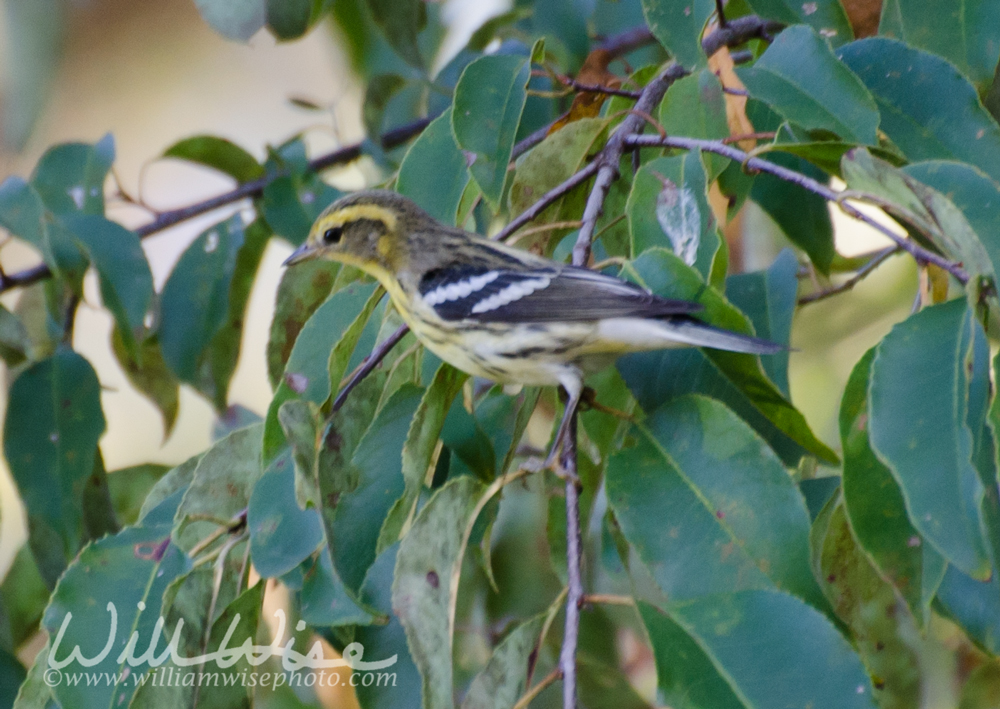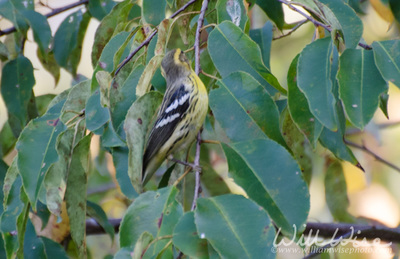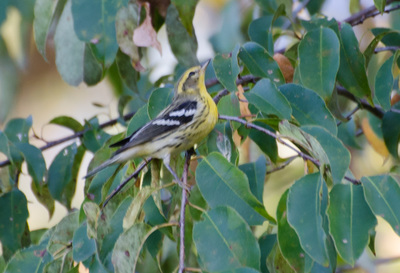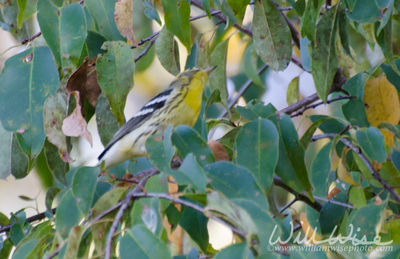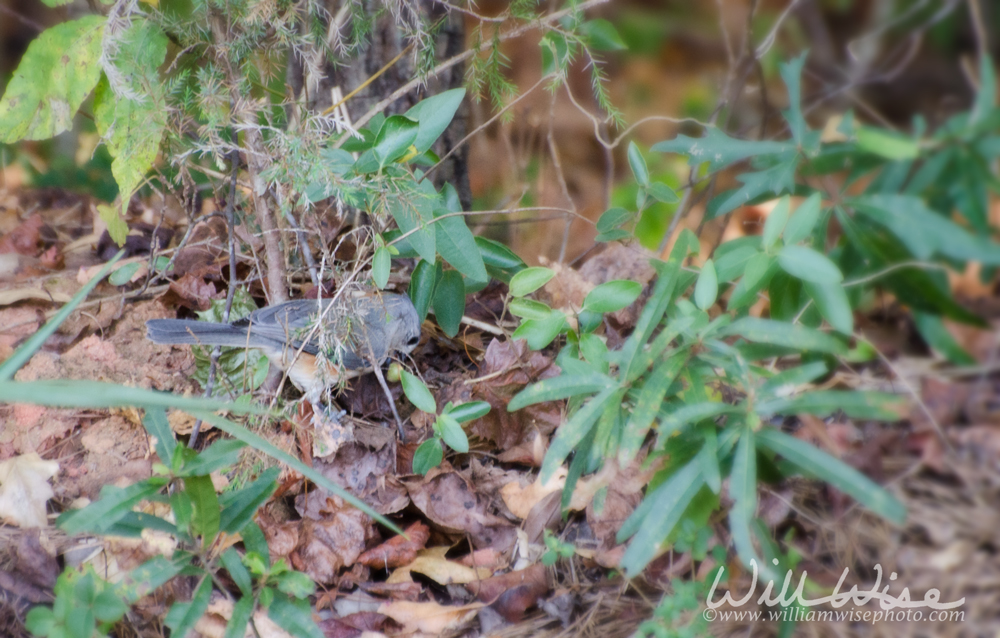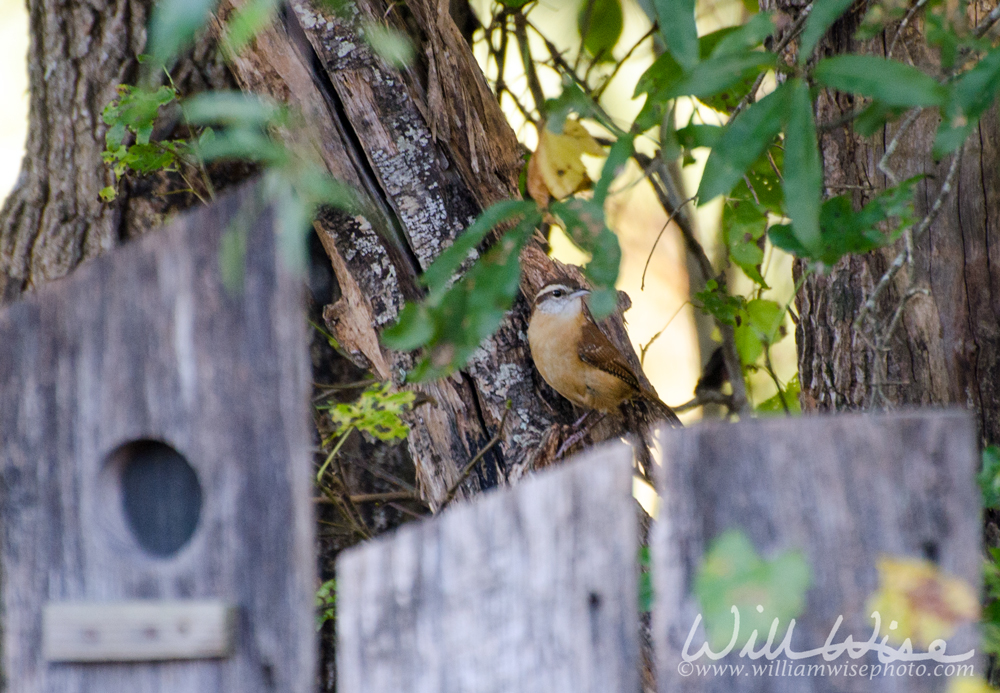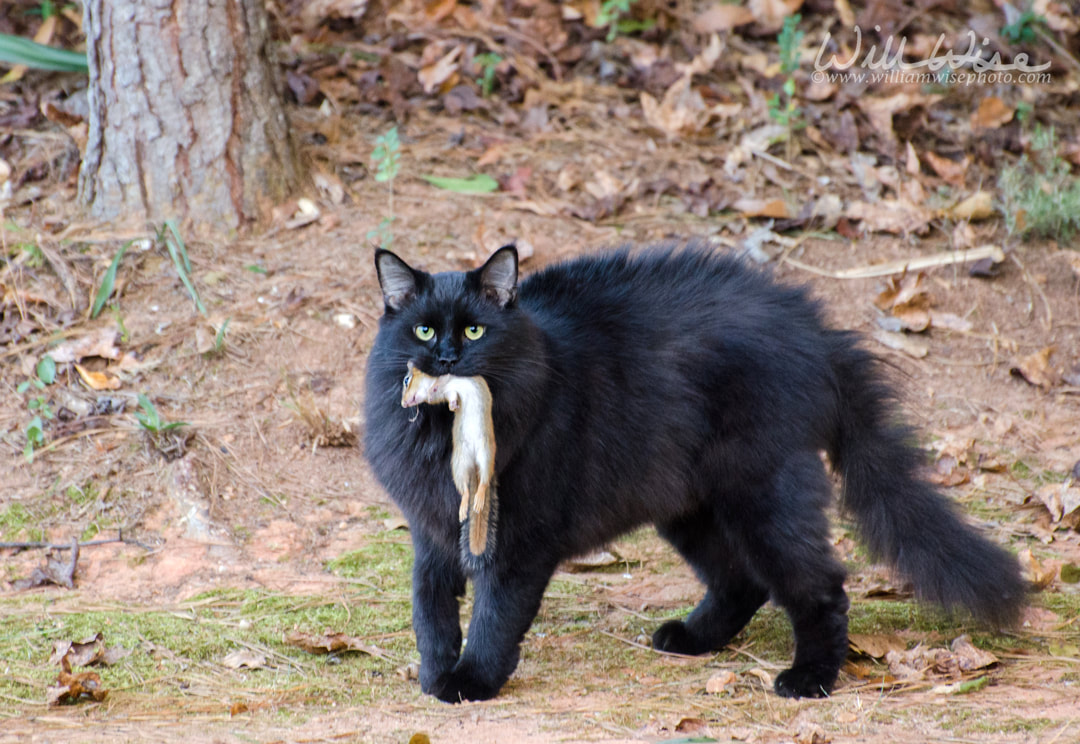 Fluffy black domestic long-haired cat with an Eastern Chipmunk in its mouth. Free ranging feral and house pet domestic cats are estimated to kill over a billion birds annually and six to 22 billion mammals in the United States according to a 2013 scientific paper study titled The impact of free-ranging domestic cats on wildlife of the United States Thursday, 5:12 PM - Sitting on my back patio in the warm fall sun, I spotted the characteristic large black bibs of two Northern Flickers (Colaptes auratus) in the backyard behind the girls' trampoline. I’ve only seen them in my backyard on a few occasions, and always in the fall. They were hopping around on the ground like Robins, pecking into the dirt and grass. Cornell Lab of Ornithology’s website, www.allaboutbirds.org, says, “Although it can climb up the trunks of trees and hammer on wood like other woodpeckers, the Northern Flicker prefers to find food on the ground. Ants are its main food, and the flicker digs in the dirt to find them. It uses its long barbed tongue to lap up the ants.” I know Flickers are categorized as woodpeckers, but they seem so unlike the other woodpeckers. They don't bare the typical black/white/red colors of the other woodpeckers, like the Downy Woodpecker (Picoides pubescens) that came to my suet feeder a few minutes later. In addition, Flickers are more often on the ground or perched on a limb, rather than clinging to sides of trees like the other woodpeckers. But they are very much a delight to see. I moved off the patio hoping to get a closer and clearer shot of the Flickers, but they retreated to my neighbor’s fenced backyard. While back by the feeders hoping the Flickers would come closer, a Pine Warbler (Setophaga pinus) landed not far from me. Just after that, I spotted another little yellow bird that I wasn’t sure if I’d seen before or not. It seems when the warblers fly off each spring, so does my ability to quickly identify them! I turned to a friend and birder at Oconee Rivers Audubon Society, who identified this one as a fall Black-throated Green Warbler... but apparently even he was wrong as the iNaturalist community let me know. It was a Blackburnian Warbler! Other side shows were put on by a comical Tufted Titmouse (Baeolophus bicolor) attempting to stuff a small Water Oak acorn into the dirt under a pile of leaves and an animated Carolina Wren (Thryothorus ludovicianus) flittering and chattering through the underbrush. All of this action and wonder just spending a spare 65 minutes in my own backyard! Just after photographing these beautiful birds, my neighbor's cat ran out from behind my shed and reminded me why I wish all cat owners would keep their domesticated animals indoors. What if it had been the warbler instead of the chipmunk? I wouldn't have had a chance to add a Blackburnian Warbler to my life list! Athens, Georgia
1 Comment
10/17/2016 09:21:43 am
Hi! WOW, those are beautiful photos! And a great one of the cat! (for educational purposes, I mean). If you’d like to share it with an audience that regularly works on the issue of outdoor cats, please find the group “Cats Kill Wildlife” on facebook and request to join. Group members are regularly looking for quality images like that for publications and educational efforts and would love to see that photo. I’m glad you found the KittyCams site, the second phase of the work was completed in 2014-2015 and we’re almost done with the manuscripts (really eye-opening results!) I’ll ask the team back in Georgia to update the website soon! Thanks for reaching out!
Reply
Your comment will be posted after it is approved.
Leave a Reply. |
Categories
All
Archives
September 2025
|
|
All content is ©williamwisephoto.com. Please don't steal images. My images are available at dreamstime.com. Stock sales go into the shelter photography program.
|
In December 1993 I came to know the Designer and Creator of this wonderful planet and its creatures: Jesus Christ.
|
Donations help support the animal shelter adoption photography equipment and adoption website hosting and domain fees. Thanks for your support!
|

